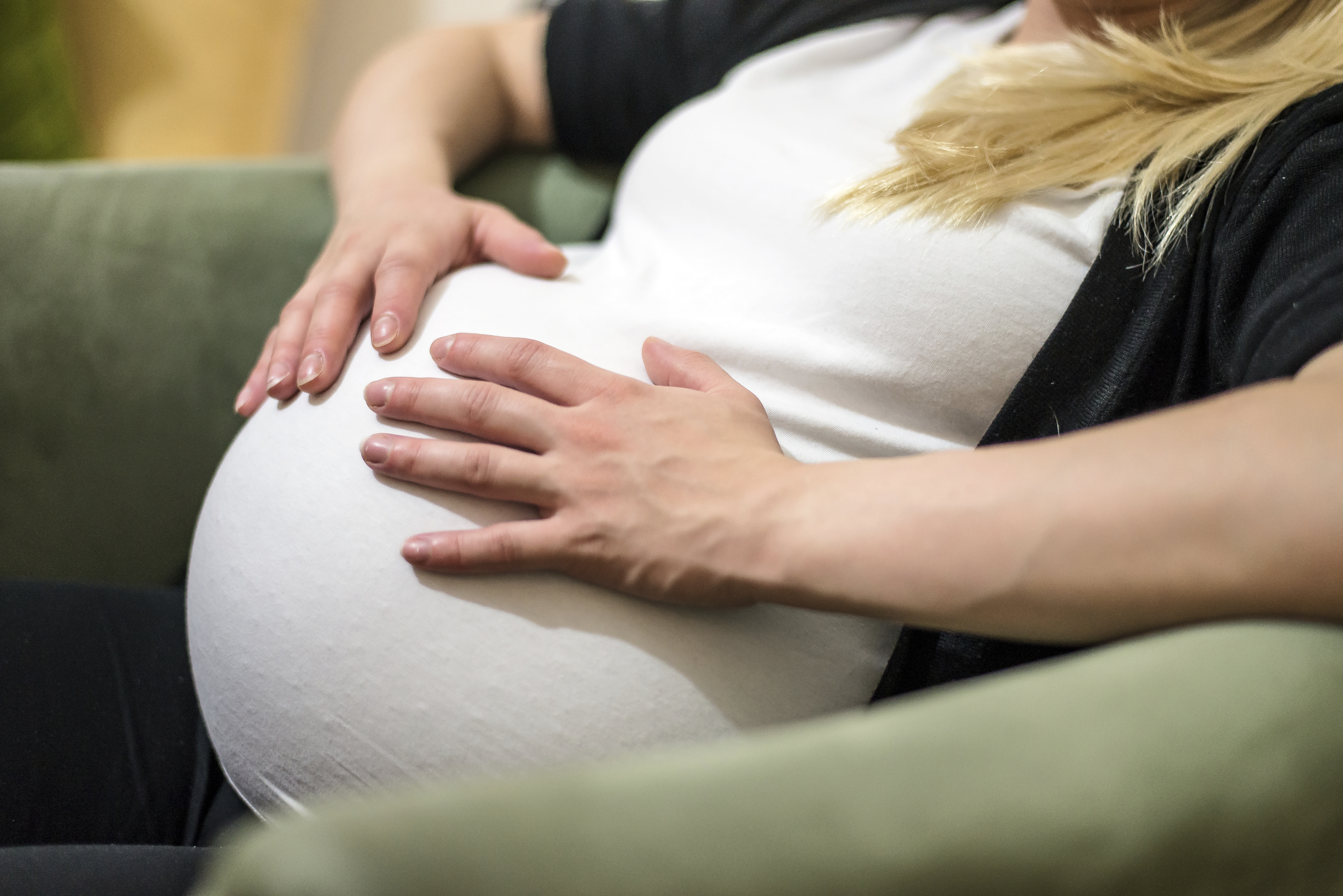
THE UK must do more to prevent deaths among pregnant women and new mothers, leading doctors have said.
The nation faces a “challenge” in reducing deaths among pregnant women and new mothers from pre-existing conditions that are not directly related to pregnancy, experts said.
One in every 10,000 pregnancies in the UK and Ireland results in the death of the mother. While a third of these are a direct consequence of complications during pregnancy such as pre-eclampsia or bleeding the rest occur because of indirect medical and mental health problems.
These include heart problems, flu and pneumonia, deep vein thrombosis, neurological conditions such as stroke or epilepsy and mental health problems.
Now the Royal College of Obstetricians and Gynaecologists (RCOG) has teamed up with the Royal College of Physicians and Surgeons of Glasgow to help create a video to help doctors assess unwell pregnant and post-partum women.
The video, which has been launched at the RCOG world congress in Birmingham, suggests that those who arrive at hospital complaining of ill health should be “red flagged” and should be assessed by senior doctors.
“While the number of women dying from complications directly associated with pregnancy has fallen, it is clear that we still face a challenge of further reducing the maternal death rate in the UK, particularly deaths caused by pre-existing conditions that are not directly related to pregnancy, such as mental health problems, epilepsy, heart disease or cancer,” said RCOG president Dr David Richmond.
“Raising awareness of symptoms and providing healthcare professionals with advice for better assessment of pregnant and postpartum women who are feeling unwell, is crucial in the fight to prevent the unfortunate deaths that occur during and after pregnancy in the UK.”
Caitlin Dean, chairwoman and trustee of the charity Pregnancy Sickness Support, said: “These long-awaited guidelines will make a huge difference to women affected by nausea and vomiting in pregnancy and hyperemesis gravidarum, not just in the UK, but on an international scale.
“A major barrier to effective care and treatment for this debilitating condition has been the simple lack of guidelines and therefore the heavy burden for clinicians to prescribe off-licence for a condition which many GPs and smaller hospitals rarely see.
“These guidelines will give clinicians the confidence to treat the condition in the evidence-based, stepwise approach which we have been advocating for a number of years. It will also give women affected the empowerment and confidence so desperately needed to maintain their pregnancies as safely and comfortably as possible.”
READ MORE
Action at last on NHS staffing crisis may be ‘too little too late’
Mother gave birth in her bedroom after being ‘turned away’ from hospital

Enjoy the convenience of having The Sunday Post delivered as a digital ePaper straight to your smartphone, tablet or computer.
Subscribe for only £5.49 a month and enjoy all the benefits of the printed paper as a digital replica.
Subscribe